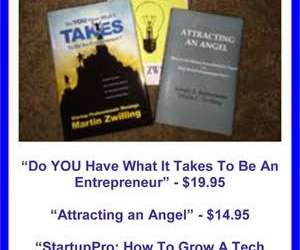8 Questions You Should Ask Before You Join A Startup
Startup Professionals Musings
MAY 22, 2020
From my perspective as an investor, I recommend that every founder needs to know the answers to these questions, be open and honest in answering them thoughtfully, and without making excuses: What is the current runway and burn rate? One more key employee or one more investor will probably not turn the situation around.















Let's personalize your content